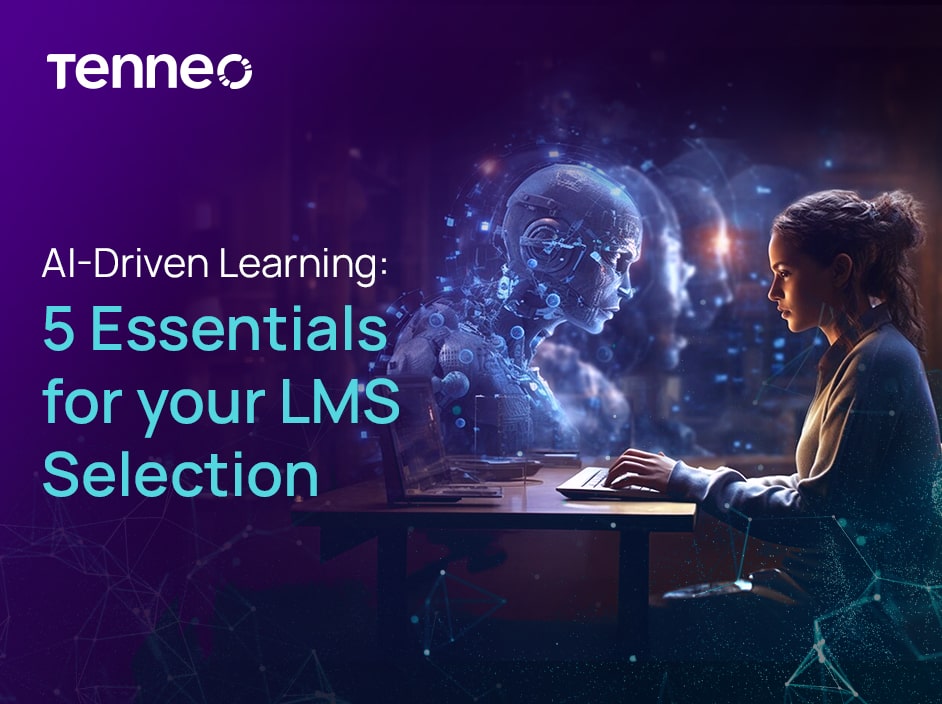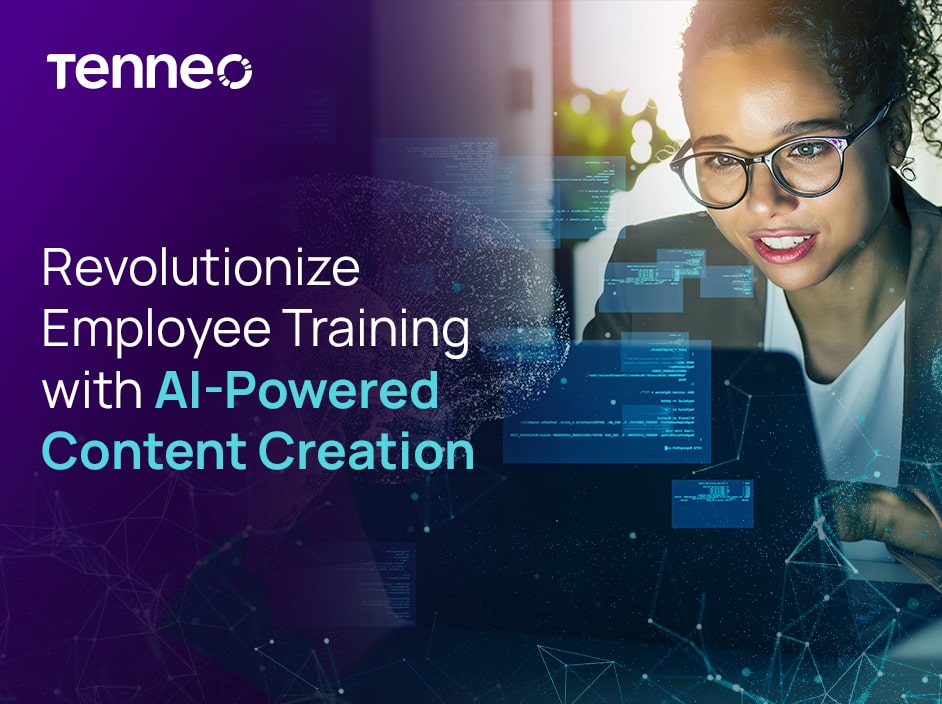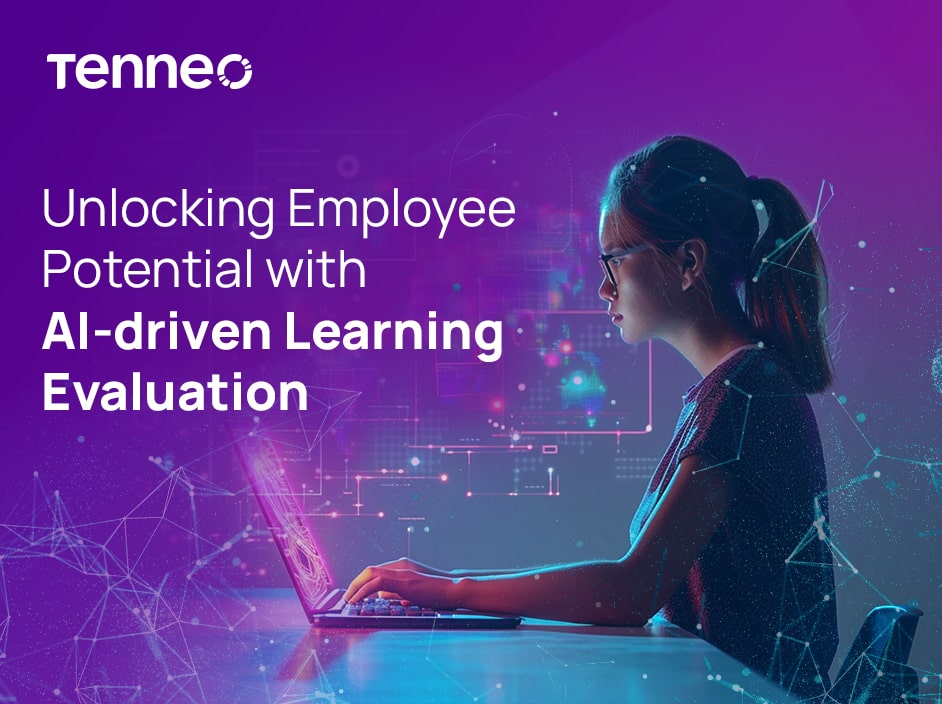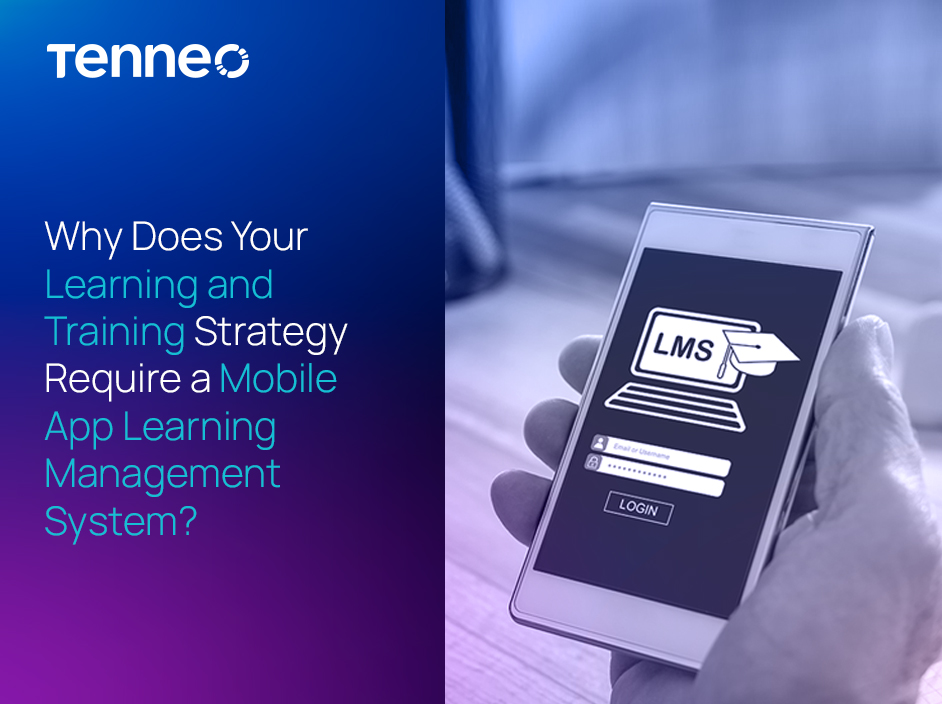
The LMS app and the Generation of On-the-Go Learners
April 13, 2023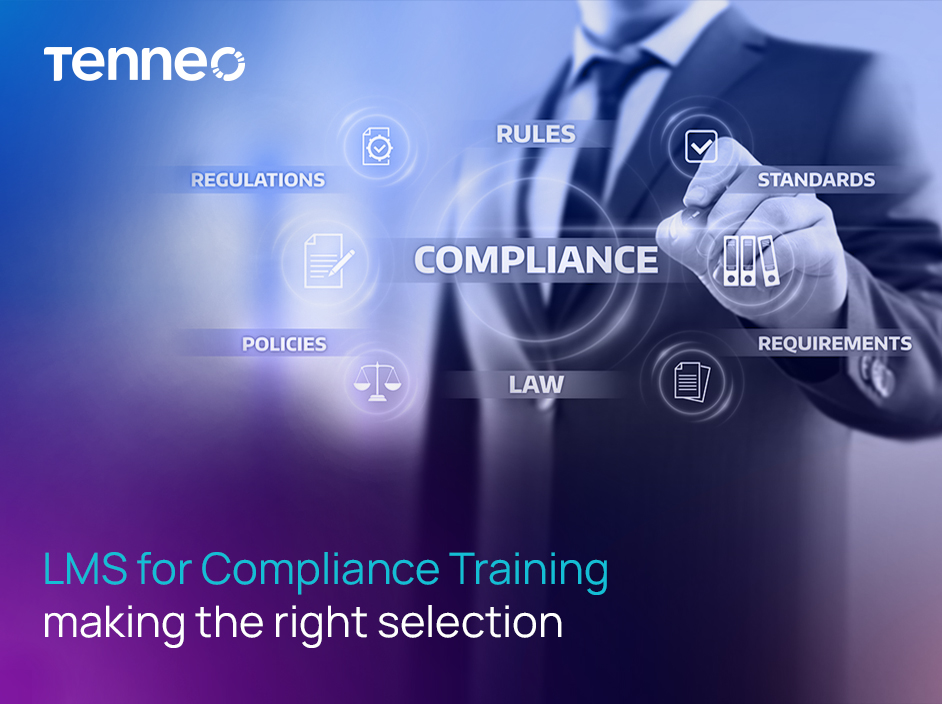
LMS for Compliance Training – making the right selection
April 13, 2023
The LMS app and the Generation of On-the-Go Learners
April 13, 2023
LMS for Compliance Training – making the right selection
April 13, 2023Blog - 22 Mar 2023 | 6 Min
Reduce Employee Turnover, Improve Employee Engagement using Learning Management System

Employees are valuable assets of any organization, and they are the key to success. Employers need to understand that motivated and confident workforces have a higher probability of making significant contributions towards the goal of an organization.
Employers always look to retain the best talent as the more workforce stay, the more they will be loyal to their organization. The workforce too gets a chance to grow with the organization growing over a period. The organizations save the re-hiring cost and time they invest while completing the new hire formalities. According to the Brandon Hall study, workforces who undergo an effective onboarding process can reduce new hire retention by 82%.
In many cases, the types of learning and development training sessions offered are often boring and have no effect on workforces. The funds spent on workforce development thus are wasted, and workforce retention suffers. There is a significant drop in workforce productivity which impacts the overall business. The time and expense associated with hiring replacements are high as that includes multiple job interviews, new hire orientation, and onboarding process.
Organizations need to upskill and train their workforce regularly and to achieve this goal, they need to follow a systematic approach where a learning management system acts as a perfect platform to meet workforces’ learning and development needs. As per the global trends report, 77% of companies focus on workforce experience to increase retention, and LMS gives them the forum where they can engage their workforce at the most.
How using an LMS makes a difference in reducing workforce turnover
Businesses that invest in LMS often see a far different and more favorable outcome as it is designed to equip workforces with the skills and knowledge required to make advances both within their specific jobs and within the organization.
- The LMS ensures that each workforce gets benefitted from organized and easily accessible training and development. The system identifies their learning needs and assigns training as per their skill set. The pace at which more workforces learn at the earliest, the better they perform as per their role and responsibilities and make an impact.
- LMS helps workforces by removing obstacles to training, such as being in remote geographic locations, time spent in traveling, and other logistics. The workforces need not be present in a classroom and attend training sessions however they can complete their assigned training anytime, anywhere to upskill themselves at a faster rate. All relevant training information is stored centrally, and workforces can access these training resources 24/7 using any type of electronic device. The LMS lets the workforce learn at their own pace and complete the assessments or certifications as applicable.
How an LMS increases workforce engagement
Employee engagement is mainly based on trust, two-way commitment & communication between an organization and its workforces. It is an approach that increases the chances of business success, contributing to organizational and individual performance, productivity, and well-being. Research shows engaged workforces are 17% more productive than their peers. They’re more likely to work diligently and expend discretionary effort in their jobs.
The LMS helps to achieve workforce engagement via:
- Using gamification approach to motivate workforces – use of digital badges, certificates to appreciate workforces based on their performance.
- Encourage workforce collaboration via social learning to easily interact with their peers.
- Visually data-driven insights help workforces to keep track of their performance with the help of reports and dashboards.
To conclude, LMS is the one-stop solution to the organization which provides them the platform to manage their workforces’ learning needs and as outcome helps them to achieve a reduction in workforce turnover and increase in workforce engagement. Tenneo (formerly G-Cube LMS)’s LMS product has been designed by our team in consultation with industry experts to fulfill the training requirements of the various organizations in different sectors. Contact us to know more about our solutions for your industry.
Related services
Product Engineering
Other Blogs
Stay updated with Tenneo
Employees are valuable assets of any organization, and they are the key to success. Employers need to understand that motivated and confident workforces have a higher probability of making significant contributions towards the goal of an organization.
Employers always look to retain the best talent as the more workforce stay, the more they will be loyal to their organization. The workforce too gets a chance to grow with the organization growing over a period. The organizations save the re-hiring cost and time they invest while completing the new hire formalities. According to the Brandon Hall study, workforces who undergo an effective onboarding process can reduce new hire retention by 82%.
In many cases, the types of learning and development training sessions offered are often boring and have no effect on workforces. The funds spent on workforce development thus are wasted, and workforce retention suffers. There is a significant drop in workforce productivity which impacts the overall business. The time and expense associated with hiring replacements are high as that includes multiple job interviews, new hire orientation, and onboarding process.
Organizations need to upskill and train their workforce regularly and to achieve this goal, they need to follow a systematic approach where a learning management system acts as a perfect platform to meet workforces’ learning and development needs. As per the global trends report, 77% of companies focus on workforce experience to increase retention, and LMS gives them the forum where they can engage their workforce at the most.
How using an LMS makes a difference in reducing workforce turnover
Businesses that invest in LMS often see a far different and more favorable outcome as it is designed to equip workforces with the skills and knowledge required to make advances both within their specific jobs and within the organization.
- The LMS ensures that each workforce gets benefitted from organized and easily accessible training and development. The system identifies their learning needs and assigns training as per their skill set. The pace at which more workforces learn at the earliest, the better they perform as per their role and responsibilities and make an impact.
- LMS helps workforces by removing obstacles to training, such as being in remote geographic locations, time spent in traveling, and other logistics. The workforces need not be present in a classroom and attend training sessions however they can complete their assigned training anytime, anywhere to upskill themselves at a faster rate. All relevant training information is stored centrally, and workforces can access these training resources 24/7 using any type of electronic device. The LMS lets the workforce learn at their own pace and complete the assessments or certifications as applicable.
How an LMS increases workforce engagement
Employee engagement is mainly based on trust, two-way commitment & communication between an organization and its workforces. It is an approach that increases the chances of business success, contributing to organizational and individual performance, productivity, and well-being. Research shows engaged workforces are 17% more productive than their peers. They’re more likely to work diligently and expend discretionary effort in their jobs.
The LMS helps to achieve workforce engagement via:
- Using gamification approach to motivate workforces – use of digital badges, certificates to appreciate workforces based on their performance.
- Encourage workforce collaboration via social learning to easily interact with their peers.
- Visually data-driven insights help workforces to keep track of their performance with the help of reports and dashboards.
To conclude, LMS is the one-stop solution to the organization which provides them the platform to manage their workforces’ learning needs and as outcome helps them to achieve a reduction in workforce turnover and increase in workforce engagement. Tenneo (formerly G-Cube LMS)’s LMS product has been designed by our team in consultation with industry experts to fulfill the training requirements of the various organizations in different sectors. Contact us to know more about our solutions for your industry.

